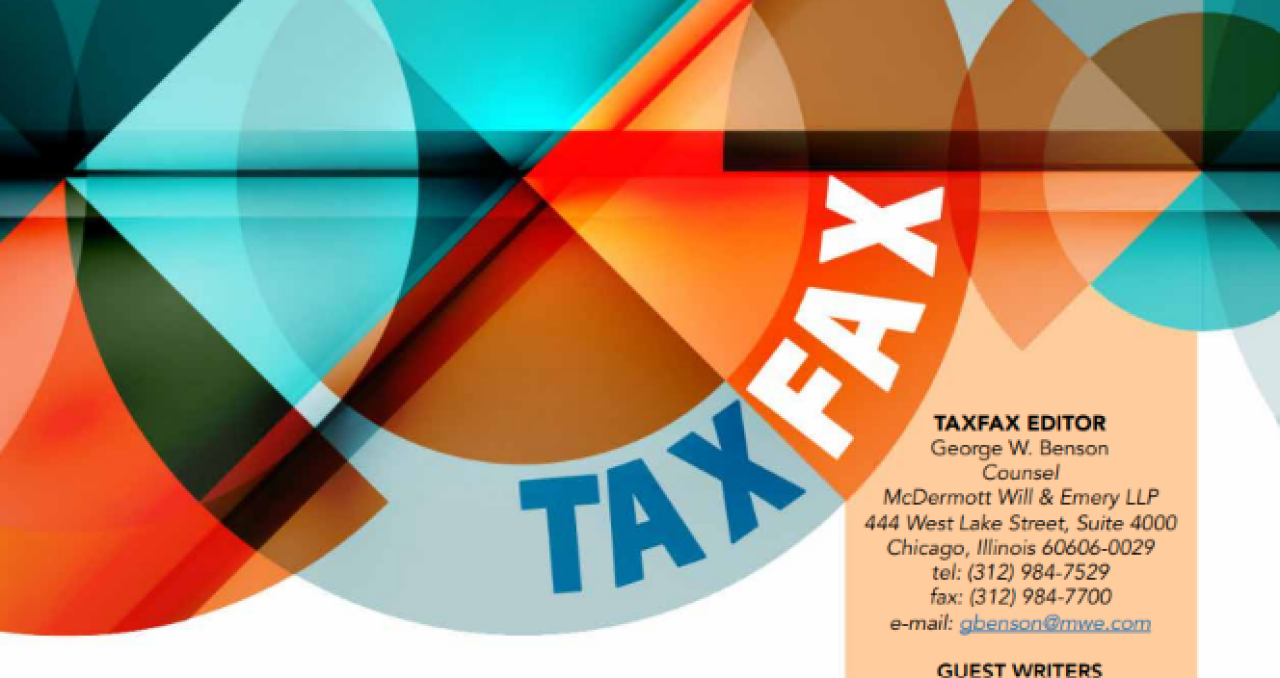
Proposed Regulations Update Guidance on Section 30C Alternative Fuel Vehicle Refueling Property Credit
Internal Revenue Code (“Code”) Section 30C provides a credit for certain costs of qualified alternative fuel vehicle refueling property placed in service within low-income communities or non-urban census tracts. On September 19, 2024, the Internal Revenue Service (“Service”) published a proposed rule to provide additional guidance for the credit. Section 30C was enacted as part of the Energy Policy Act of 2005, and provides a credit for the cost of qualified alternative fuel vehicle refueling property. Section 30C was most recently amended by the Inflation Reduction Act of 2022 (“IRA”).
Credit Summary
Section 30C allows a credit for property placed in service after December 31, 2022 equal to 6% of the cost of any qualified alternative fuel vehicle refueling property that the taxpayer places in service during the year if the property is depreciable. However, for depreciable property that is placed in service as part of a qualified alternative fuel vehicle refueling project that satisfies certain prevailing wage and apprenticeship requirements (“PWA”), the section 30C credit amount is multiplied by five. For property not subject to depreciation, section 30C allows a 30% credit with no requirement to satisfy any PWA requirements. The credit for any single item of qualified alternative fuel vehicle refueling property is limited to $100,000 for depreciable property, and $1,000 in any other case.
Taxpayers claiming a section 30C credit are required to reduce the basis of any property for which the section 30C credit is allowable by the amount of the credit, and no credit is allowable for the portion of the cost of any property claimed under section 179.
Former Code section 179A (repealed in 2014) is referenced in section 30C and "qualified alternative fuel vehicle refueling property” is defined by such reference and generally includes any depreciable property (excluding a building and its structural components), the original use of which begins with the taxpayer, and that is (1) for the storage or dispensing of a clean-burning fuel into a motor vehicle propelled by such fuel, or (2) for the recharging of electric motor vehicles, but only if the property is located at the point where the motor vehicles are recharged. In this context, “clean-burning fuels” includes (1) any fuel containing at least 85% of ethanol, natural gas, compressed natural gas, liquified natural gas, liquefied petroleum gas, and/or hydrogen; (2) any mixture that of biodiesel, diesel fuel and kerosene that consists of at least 20% biodiesel without regard to the kerosene in the mixture; (3) electricity; or (4) any transportation fuel within the meaning of section 45Z that is produced after December 31, 2024.
To read more of this article, please visit